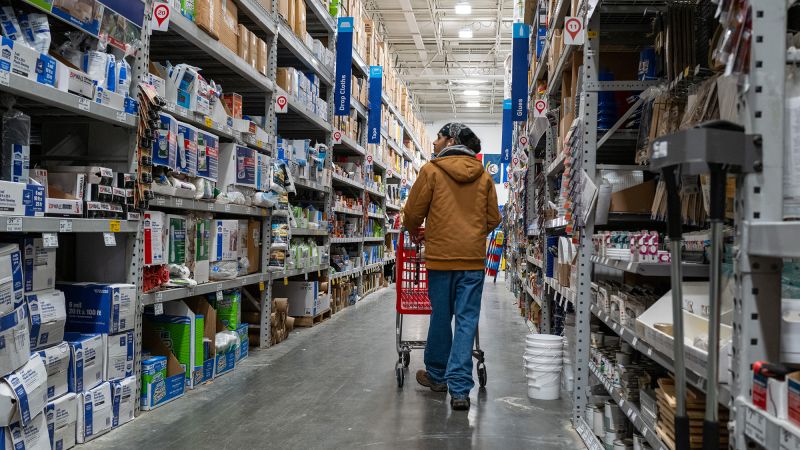As Americans face elevated inflation and the highest interest rates in almost 25 years, the consumer spending spree is becoming increasingly difficult to sustain. Savings accumulated during the Covid-19 pandemic are dwindling, borrowers are accumulating debt, and delinquencies are on the rise. Retailers are reporting that shoppers are becoming frustrated with rising prices and changing their purchasing habits. Despite the challenges, Americans play a crucial role in economic growth through their spending.
The US consumer market experienced a surge in demand as the economy recovered from the pandemic, with Americans enthusiastically spending on high-profile events and travel. This momentum continued into the following year, helping to prevent a widely anticipated recession. The strong job market, with unemployment below 4% and wages exceeding inflation, has been a key factor in maintaining consumer confidence. However, it is evident that Americans are starting to feel the financial strain.
Although consumer spending initially remained strong, recent economic indicators suggest a potential turning point. Retail sales were unexpectedly flat in April, consumer spending in the first quarter was weaker than initially reported, and job growth fell short of expectations in April. Lower and middle-income consumers appear to be pulling back, as evidenced by mixed retail earnings reports and signals of reduced spending on non-essential items.
Economists are closely monitoring these trends to determine if the economy will weaken further or rebound. While one month’s data does not establish a trend, the recent slew of disappointing figures has raised concerns about the future of the economy. Retailers are adjusting their strategies to accommodate changing consumer behavior, with many offering discounts and promotions to stimulate demand. Despite the challenges, there have been some bright spots in the retail industry, with certain companies experiencing success by capitalizing on consumer trends.
Last year, economists were surprised by the economy’s resilience, as predictions of a recession proved to be inaccurate. However, the current economic landscape remains challenging, with consumers facing high interest rates, inflation, and other financial pressures. The job market, which has been a stabilizing force for the economy, may face uncertainties in the future. As Americans navigate these economic hurdles, it remains to be seen how their spending behavior will evolve and impact the overall economy in the coming months.


